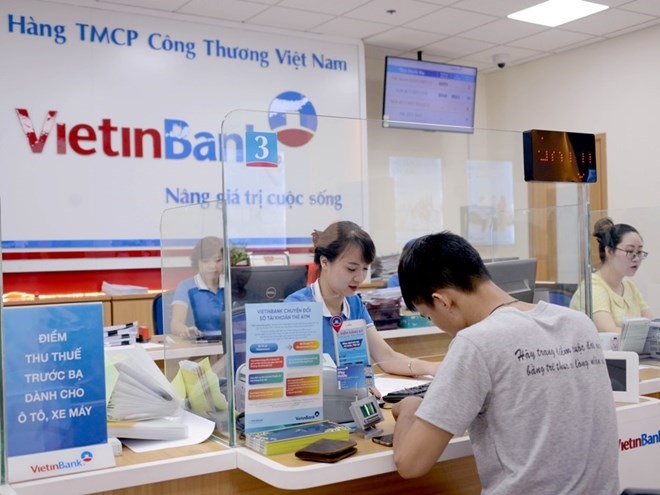Credit growth by September 20 reached 9.52 per cent against the end of last year while capital mobilisation rose by 9.15 per cent, the General Statistics Office reported.

Credit growth by September 20 reached 9.52 per cent against the end of last year while capital mobilisation rose by 9.15 per cent, the General Statistics Office reported.
The rise of both indexes was slower than the 10.08 per cent and 11.02 per cent expansion in the same period last year.
With the credit growth rate, lending will be allowed to rise by an additional 7.5 per cent in the final quarter to meet the central bank’s 17 per cent credit growth target set for 2018.
Despite the credit slowdown, experts said that the growth rate was reasonable, helping the country stabilise the macroeconomy and control inflation while allowing banks to pay more attention to credit quality and credit risk management.
GSO also reported that interest rates of credit institutions in the first nine months of the year were generally stable, adding though some banks inched up the deposits rates recently, it didn’t show the rising trend of the market.
Currently, the interest rate for Vietnamese dong deposits is averaged at 4.3-5.5 per cent per year for one-to-six-month term, 5.3-6.5 per cent for six-to 12-month terms and 6.5-7.3 per cent for above 12-month terms.
The lending rate stands at some 6-9 per cent per year for short-term loans, and 9-11 per cent for medium- and long-term loans.
For loans in priority sectors, including agriculture businesses, firms producing goods for export, small- and medium-sized enterprises, enterprises operating in auxiliary industries and hi-tech enterprises including startups, the lending interest rate is 6.5 per cent per year.
GSO also reported that by September 20, the total money supply increased 8.74 per cent against the end of last year, slower than a 9.59 per cent expansion in the same period of 2017. — VNS





